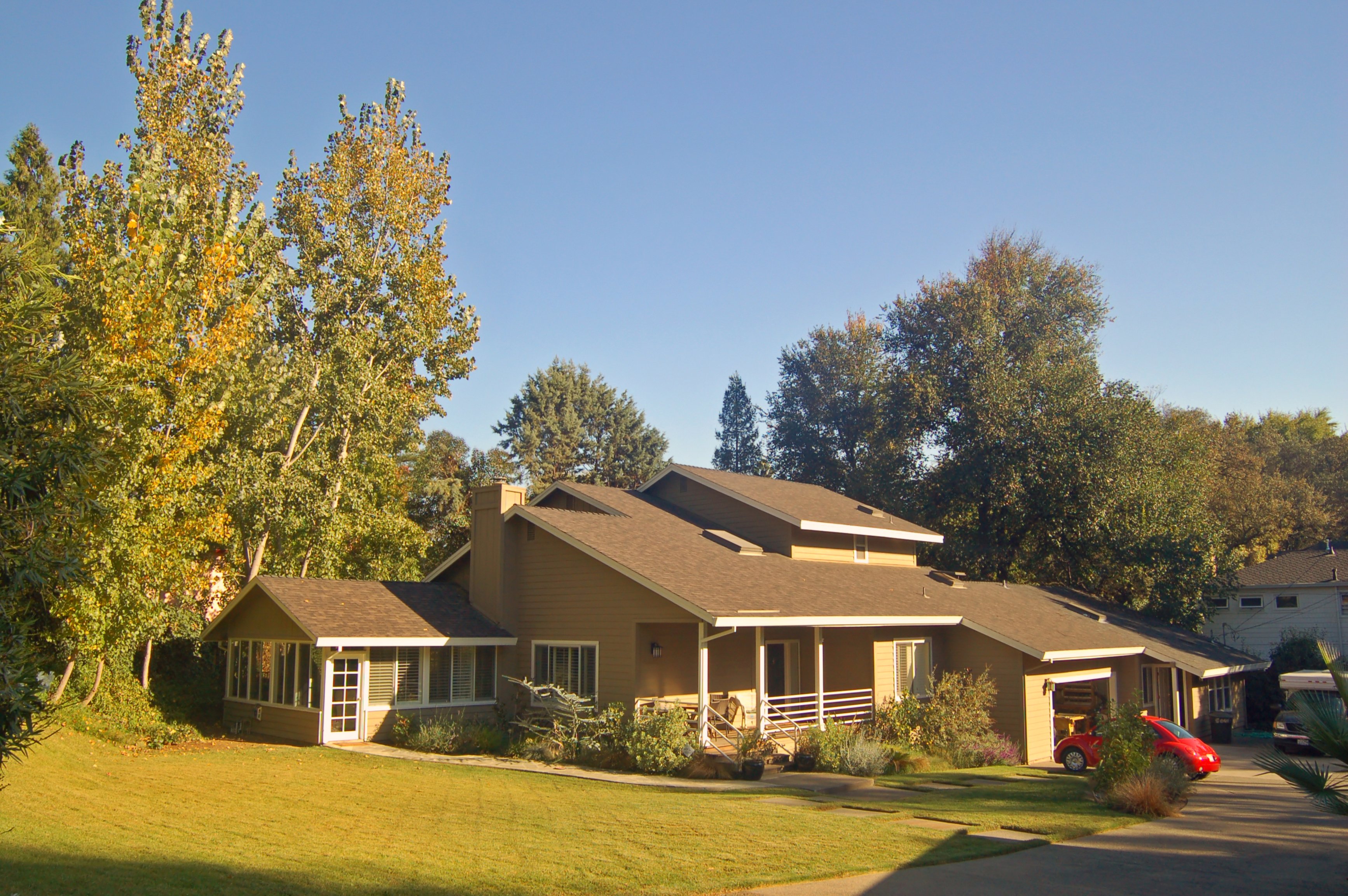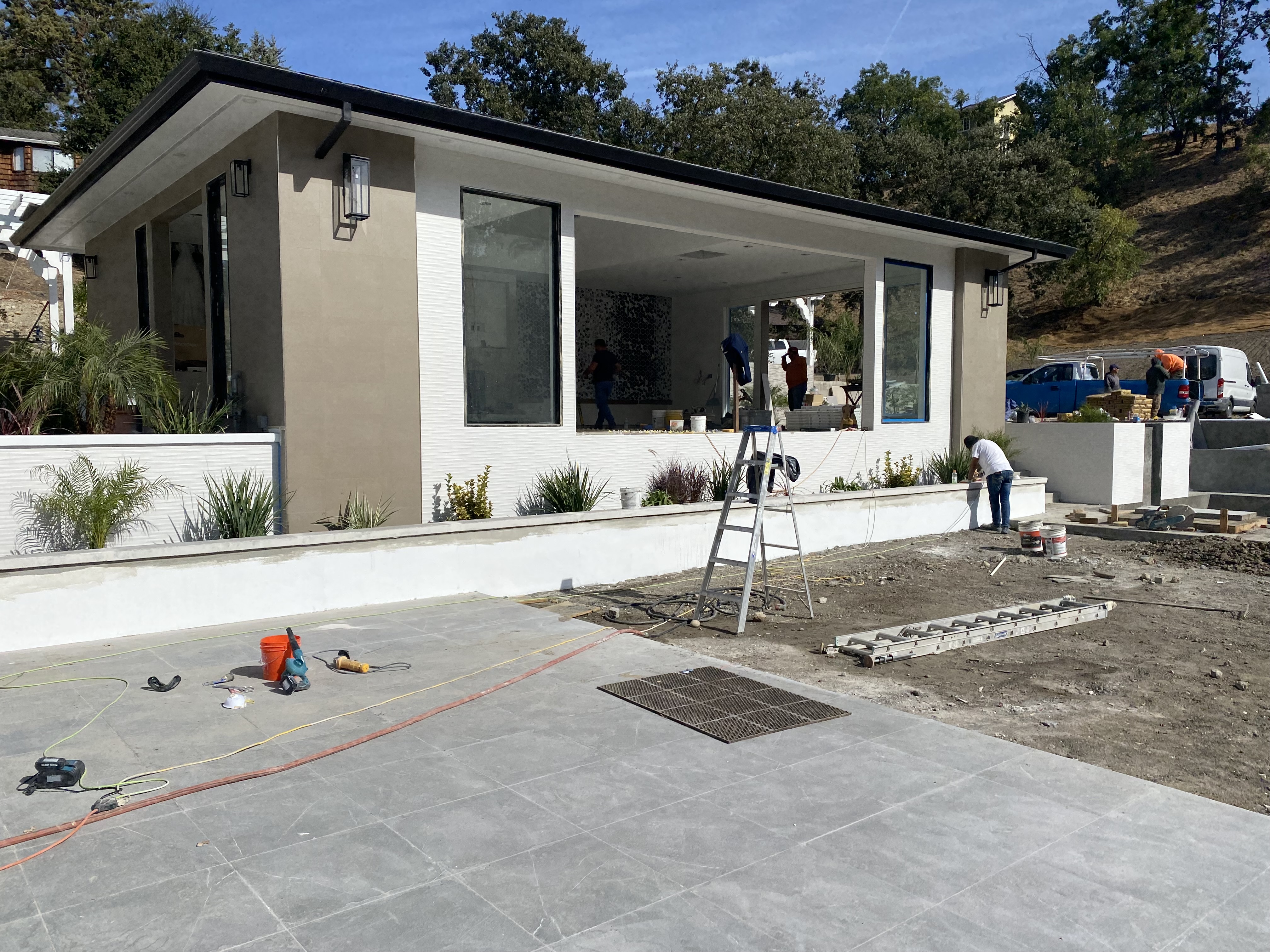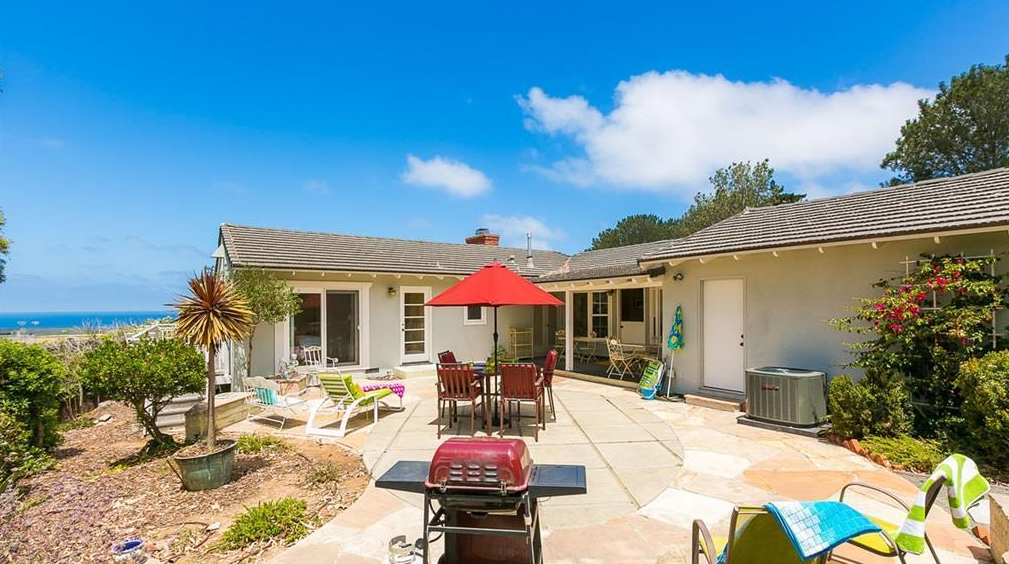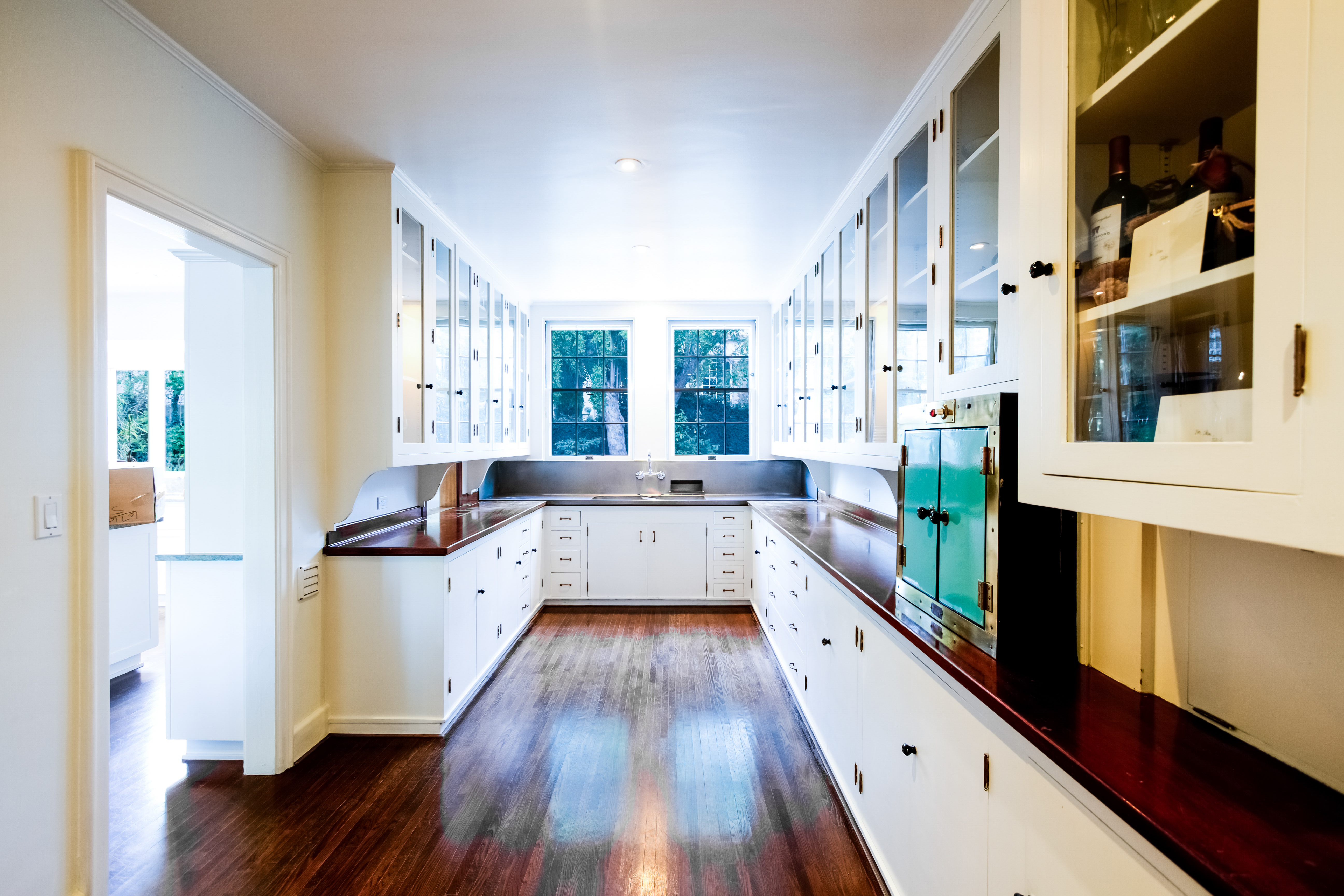Fix and Flip Loans: Loan-To-Value (LTV) VS Loan-To-Cost (LTC)
Fix and flip loans are the primary source for funding a fixer-upper project, and understanding how they work is pivotal to your planning and success....
2 min read
 Ted Spradlin
:
Feb 3, 2024 1:32:07 PM
Ted Spradlin
:
Feb 3, 2024 1:32:07 PM

When going into a fix and flip project, it's crucial to understand the distinction between AS-IS value and After Repair Value (ARV) to secure the right financing. As a mortgage broker with over a decade in private lending, I've observed considerable confusion around these terms and their significance in the lending process. This blog aims to simplify these concepts and explain how they impact your fix and flip loan options.
The AS-IS value represents the current market value of a property in its existing condition, before any repairs or renovations. Lenders evaluate this figure to gauge the initial investment risk. It forms the baseline for determining the loan amount for purchasing the property, directly influencing the Loan-to-Value (LTV) ratio.
ARV, on the other hand, estimates the property's value after all planned renovations are completed. It's a projection of the future worth, factoring in the improvements you intend to make. Lenders use ARV to determine the feasibility of a project and the potential return on investment, which, in turn, affects the rehab financing — Loan-to-Cost (LTC) — and the overall loan structure.
It's important that house flippers understand the relationship between AS-IS value and ARV. Private lenders scrutinize both metrics to structure the loan.
For instance, a common fix and flip loan might offer 80% LTV based on the AS-IS value for the purchase, and 100% LTC on the rehab costs, capped at a certain percentage of the ARV. This valuation ensures lenders mitigate the risk of over-encumbering or over-leveraging the property, while providing the rehabber with high-leverage financing for their projects.
It's important to recognize that while ARV can influence the loan terms favorably, it doesn't guarantee the elusive 100% financing, or a zero down payment fix and flip loan. Lenders consider myriad factors — including borrower's experience, liquidity, and market conditions — to make the final lending decision.
Investors should view ARV not just as a gateway to securing funds, but as another data point for assessing the project's profitability. It's essential to keep projections realistic and grounded in the current market dynamics. Overestimating ARV can lead to over-leveraging, and affect the success of your fix and flip project.
Summary
Both AS-IS value and ARV are critical in the fix and flip financing equation. By understanding their roles and how they influence lending decisions, investors can better navigate the process of securing the right loan for their projects. Remember, successful house flipping is not just about finding a property: it's about smart financing and being profitable on every project.

Fix and flip loans are the primary source for funding a fixer-upper project, and understanding how they work is pivotal to your planning and success....

Over the years, numerous rehabbers and prospective house flippers have asked FCTD for fix and flip after repair value (ARV) financing to fund their...

If you're searching online for the right lender for a hard money second mortgage, it's important to know your combined loan-to-value (CLTV). CLTV is...